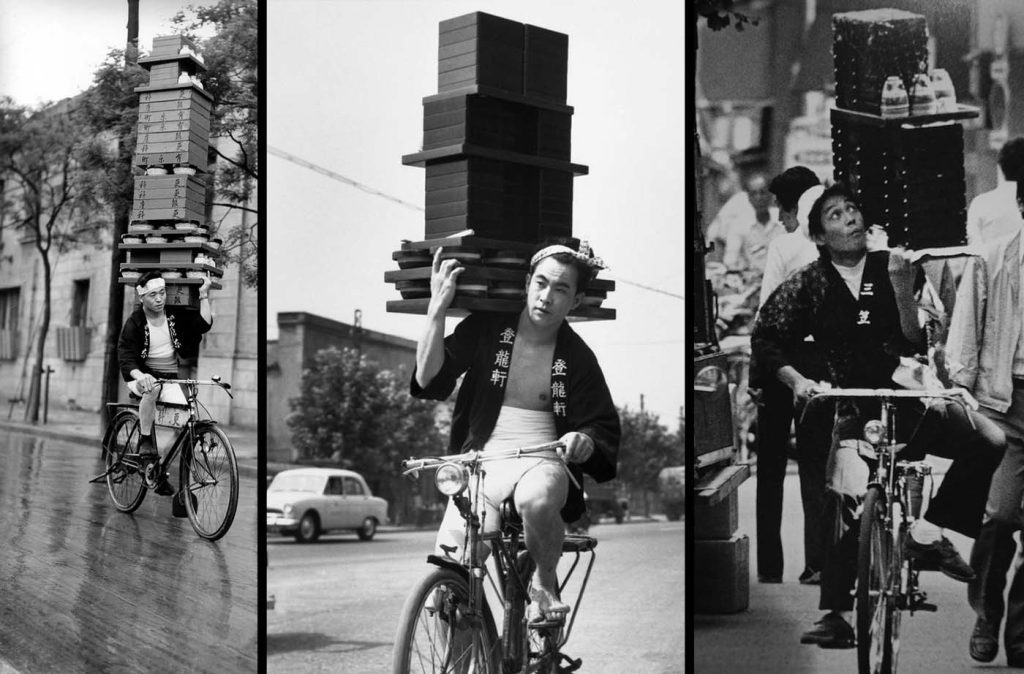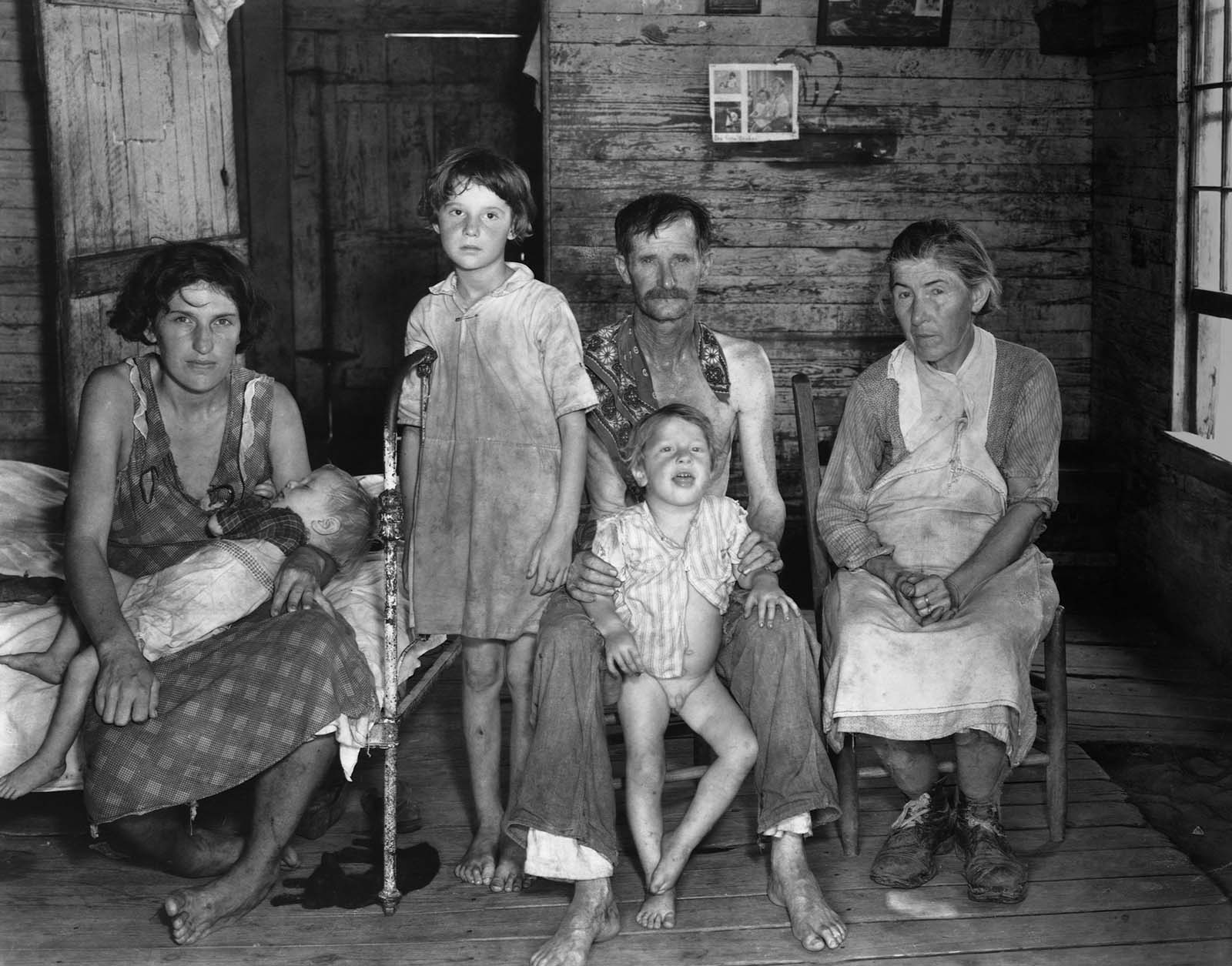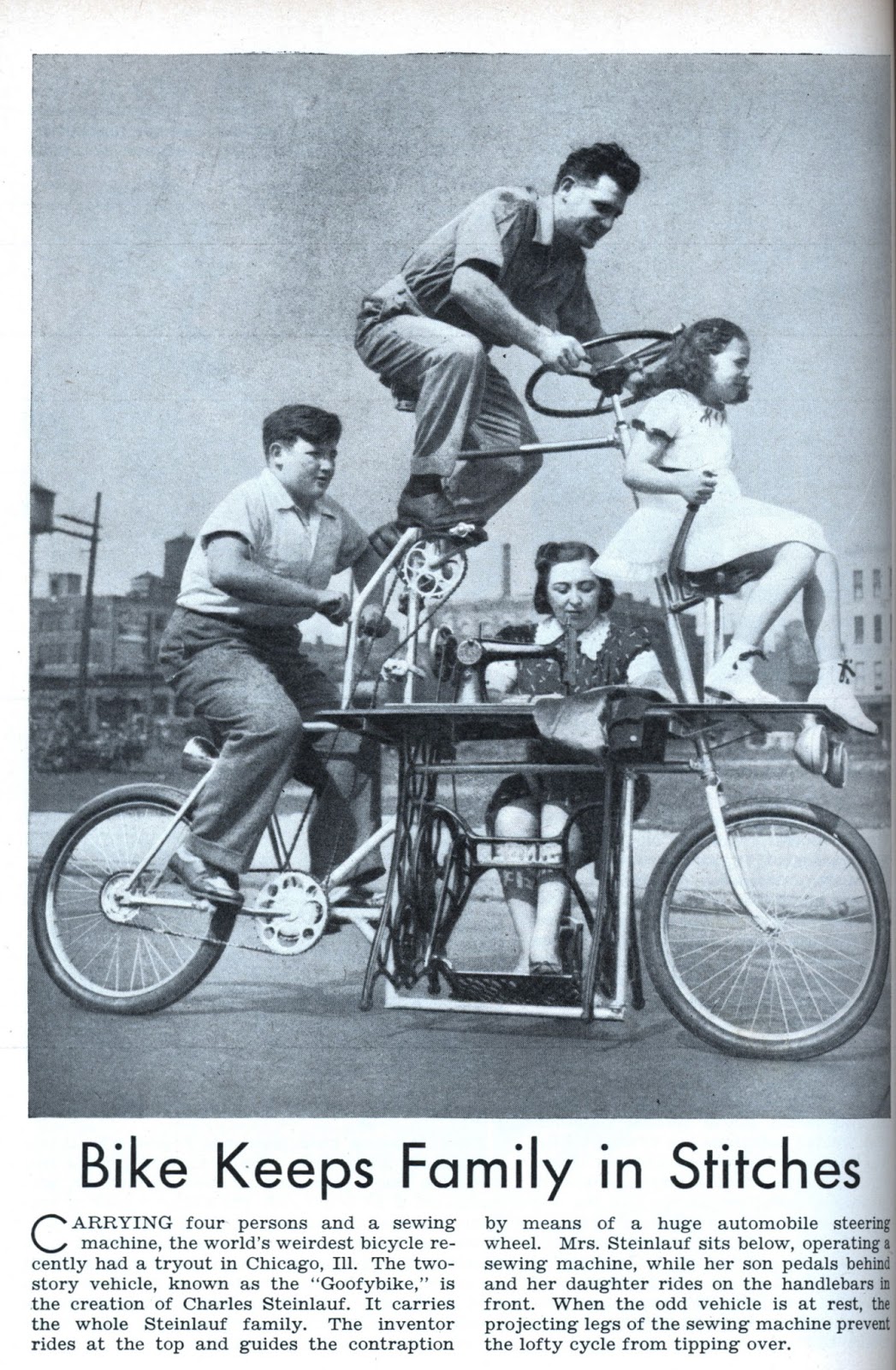These photographs were taken in 1988 by Bruno Barbie and Carl De Keyser and show the everyday life in the Ukrainian Soviet Socialist Republic.
By the end of the decade, the Soviet Union was a country descending into chaos, torn apart by natural and industrial catastrophes, political and economic crises.
Gorbachev’s policies of perestroika and glasnost (English: restructuring and openness) failed to reach Ukraine as early as other Soviet republics because of Volodymyr Shcherbytsky, a conservative communist appointed by Brezhnev and the First Secretary of the Ukrainian Communist Party, who resigned from his post in 1989.
The Chernobyl disaster of 1986 , the russification policies, and the apparent social and economic stagnation led several Ukrainians to oppose Soviet rule.
Gorbachev’s policy of perestroika was also never introduced into practice, 95 percent of industry and agriculture was still owned by the Soviet state in 1990.
The talk of reform, but the lack of introducing reform into practice, led to confusion which in turn evolved into opposition to the Soviet state itself.
The policy of glasnost, which ended state censorship, led the Ukrainian diaspora to reconnect with their compatriots in Ukraine, the revitalization of religious practices by destroying the monopoly of the Russian Orthodox Church and led to the establishment of several opposition pamphlets, journals and newspapers.
.jpg)
Wedding at the City Hall, Kyiv.
Political revolution in Poland in 1989 sparked other, mostly peaceful revolutions across Eastern European states and led to the toppling of the Berlin Wall. By the end of 1989, the USSR had come apart at the seams.
An unsuccessful coup by Communist Party hard-liners in August 1991 sealed the Soviet Union’s fate by diminishing Gorbachev’s power and propelling democratic forces, led by Boris Yeltsin, to the forefront of Russian politics.
On December 25, Gorbachev resigned as leader of the USSR. The Soviet Union ceased to exist on December 31, 1991.
.jpg)
Concert of the rock band ABNA-AVIA, Kyiv.
.jpg)
Bessarabian market on Khreshchatyk street, Kyiv.
.jpg)
The local market in Pereslav, a town 60 km south of Kyiv.
.jpg)
Veterans of World War II honoring those who died during the Nazi occupation.
.jpg)
Donetsk. Mine Board of Directors.
.jpg)
Miners in Donetsk.
.jpg)
A miner being tested for bronchitis and lung contamination.
.jpg)
St. Vladimir’s Cathedral, Kyiv.
.jpg)
Donetsk Mechanical Plant.
.jpg)
The circus in Donetsk.
.jpg)
A kitchen at a collective farm in Donetsk.
.jpg)
Miners’ collective farm that provided them with meat.
.jpg)
A girl in Odessa.
.jpg)
A salon in Odessa.
.jpg)
A toast to a young family, Odessa.
.jpg)
Odessa. Orthodox priests bless the food for Easter.
.jpg)
Odessa. Alexandria Monastery.
.jpg)
Workers in Odessa.
.jpg)
Beachgoers playing chess in Odessa.
.jpg)
A view of Odessa port.
.jpg)
Odessa. Posters for Glasnost and an exhibition of Stalin’s crimes.
.jpg)
Odessa. Posters for Glasnost and an exhibition of Stalin’s crimes.
.jpg)
Yalta sunbather (in a resort on the Black Sea).
.jpg)
Sailors dancing in Yalta.
.jpg)
A chess club for children in Yalta.
.jpg)
A wedding in Chereshenka village.
.jpg)
Orchestra at a countryside wedding
.jpg)
.jpg)
A wedding in Chereshenka (near the city of Chernivtsi).
.jpg)
The maternity ward in Chernivtsi.
.jpg)
The maternity ward in Chernivtsi.
.jpg)
Buying tickets for a performance. Chernivtsi.
.jpg)
A couple getting married in the City Hall of Chernivtsi.
.jpg)
.jpg)
Football match in Chernivtsi.
.jpg)
Near the city of Chernivtsi. Khotyn castle on the Dniester river.
.jpg)
Lviv. View from the Rynok square to Russkaya street.
.jpg)
A girl in the market, Liviv.
.jpg)
Chess players and casual spectators in the park. Lviv.
.jpg)
.jpg)
East Lviv, Olesko Castle, built by the Poles in the XIV century.
.jpg)
Inside a synagogue in Odessa.
.jpg)
Inside a synagogue in Odessa.
.jpg)
Synagogue in the city of Chernivtsi.
.jpg)
.jpg)
Newlyweds at the Central Wedding Palace. Kyiv.
.jpg)
A ceremony in honor of World War II veterans. 1988
.jpg)
Conductors at a train station in Odessa.
.jpg)
At a local disco in Odessa.
.jpg)
Yalta port.
.jpg)
A hair salon in Chernivtsi.
.jpg)
Lviv.
(Photo credit: Bruno Barbie and Carl De Keyser / oper-1974.livejournal.com ).


